The End of Summer and Fall Webworms
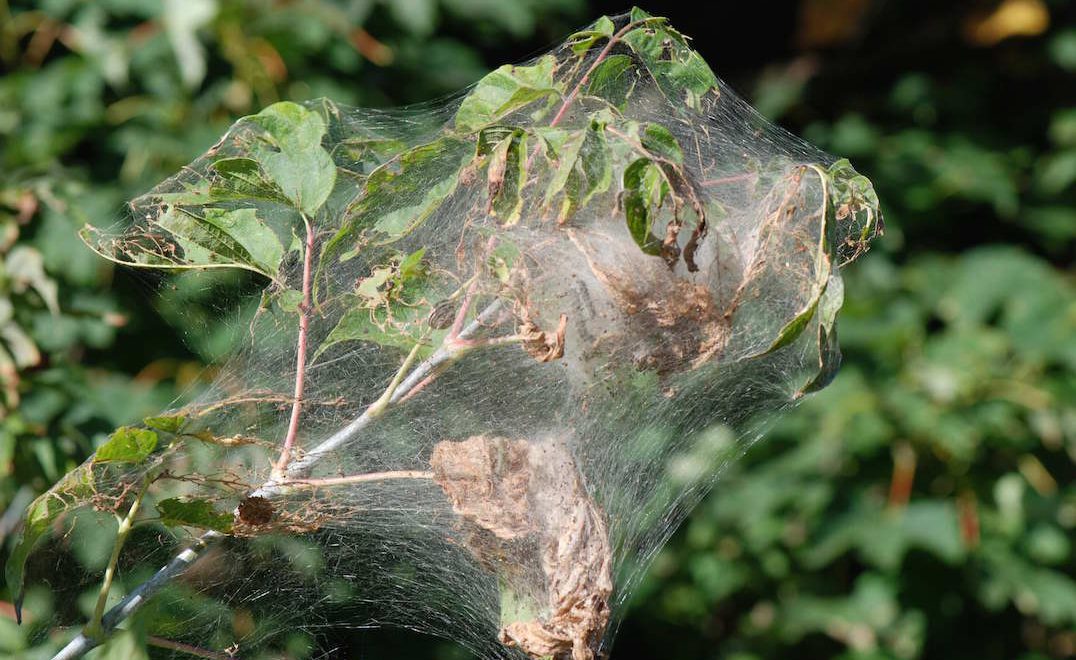
by Linda Martinson Blue Ridge Naturalist
The month of September is a transition from summer to fall, from long days and leisurely evenings to the fall equinox and then shorter days and longer nights. And there are other corresponding natural changes in September, for example in leaf colors and in insect, bird and mammal behavior. The katydids and other night-singing insects are increasingly muted, and the hummingbirds are getting ready for their long migration to somewhere far far away. I’ve increased the proportion of sugar to water in our feeder to help the little guys pack on some weight (about 25-40% more) for their trip. The bears are also packing on weight in preparation for their hibernation in the winter, and there are plenty of acorns for them this year. The goldenrods and asters in the field by the river are glorious this year, and it’s been a good season for Monarch butterflies there, too.
But then there are those big gauzy bags of dead leaves hung over the ends of branches of numerous trees in late August into September…they are certainly not attractive and even look a little scary. However, when the light strikes them just right, they do sparkle, and the caterpillars that create them are usually harmless unless their big messy nests have been built on trees that are too small to withstand the loss of several leaves.
Fall webworms are the builders of these big silken nests. They are sometimes confused with tent caterpillars, but fall webworms build their silken nests to enclose the tips of tree branches at the end of summer and tent caterpillars build their nests in the spring in the forks of tree trunks, and usually in black cherry trees. Bagworms are also sometimes confused with fall webworms, but they are usually found on evergreen trees and they are much less conspicuous. Like tent caterpillars, they also hatch in the late spring/early summer but they are very small compared to either tent caterpillars or fall webworms.—barely the size of the head of a pin.
Fall webworms themselves are less conspicuous than their big silken nests. They are the larvae of a small white moth, Hyphantria cunea, that hatches in April or May. The moths then mate and the females lay eggs on the bottom of the leaves of any one of several varieties of hardwood trees. The larvae, i.e., the caterpillars, hatch about a month or so later and they are small and variable in color, from a pale yellow to a dark grey, and about an inch long. Like all caterpillars, they are voracious eaters and they are also communal, collaborative, and cooperative. Web building begins when the first eggs hatch.
Together the fall webworm caterpillars construct a large silken web over the end of the branches of their host tree enclosing several leaves—always a hardwood and often sourwood trees in our area. They make the silk strands they use to construct their nests like other cocoon-building caterpillars do, from a liquid that is secreted from glands near the caterpillar’s mouth. When this rather gooey liquid is exposed to air, it turns into a thread or fiber. A caterpillar has an organ in its lip called a spinneret which spools out silk threads that can then be woven into various cocoons or into the elaborate nests of the webworms.

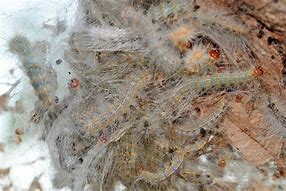
After coordinating somehow to build their large silken nests together, fall webworms feed vigorously on the leaves enveloped within their protective silk bag, enlarging it sometimes up to three feet or more and enclosing more leaves as needed. It is an impressive natural strategy for webworm caterpillars to cooperate to build a large silken bag of just the right size with enough leaves for all the caterpillars to eat and to keep it maintained so they can easily find food and are protected from hungry birds and other predators. There also seems to be some behavioral temperature regulation that occurs within their communal web.
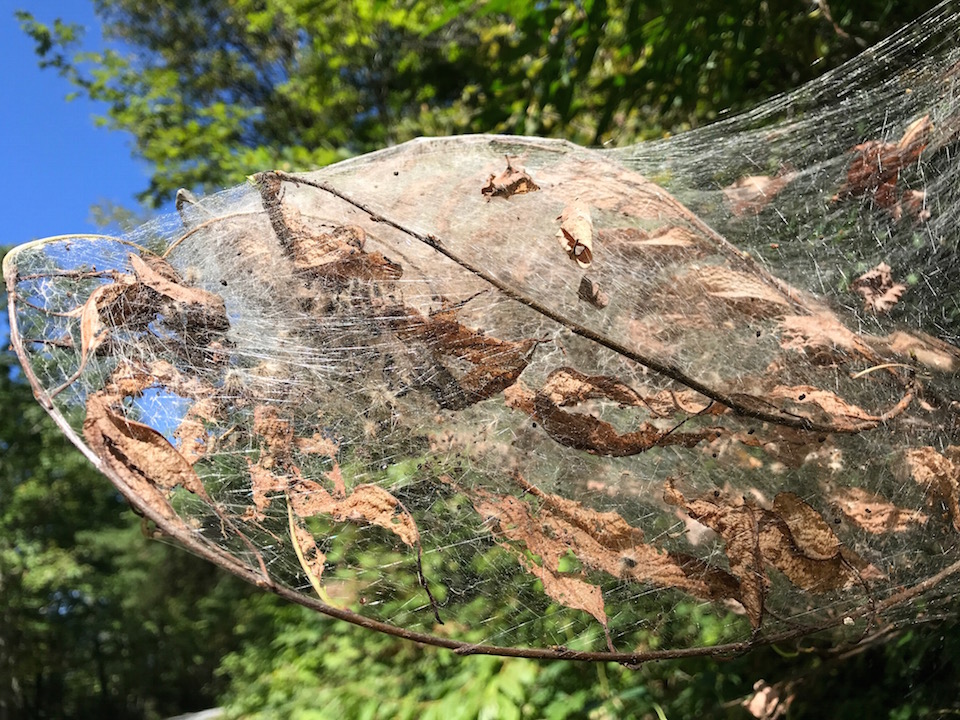
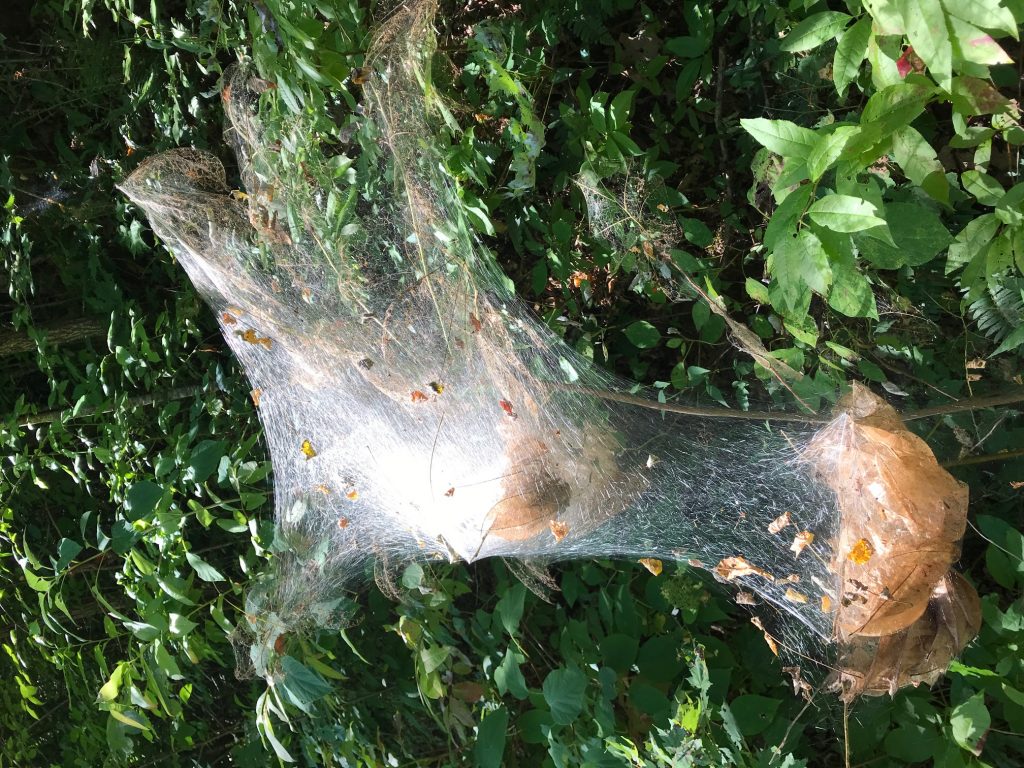
Photos by Linda Martinson
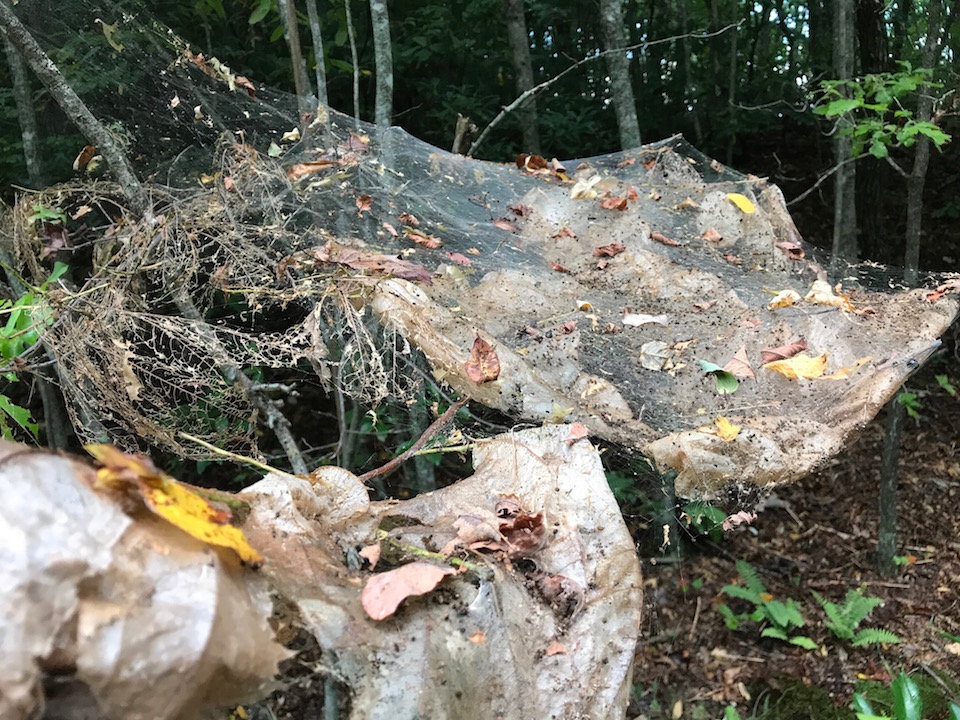
The lives of fall webworms as larval caterpillars usually last about six weeks, and then they enter an intermediate and inactive pupal stage between their intensely active larval stage as caterpillars and their adult form as moths. When the caterpillars are ready to pupate, they rip holes in their silken web, fall to the ground and crawl away from the tree. Then they each spin some more silk and form a thin brown cocoon with protective silk wrappings mixed with some leaf litter and bits of dirt which camouflages them. They spend the winter in their cocoons scattered on the ground and hatch in the spring as adult moths to begin the cycle again.
Note: moths form cocoons with silk covers during their pupal stage and butterfly pupas form chrysalises which are smooth, hard and without silk covers. Other typical differences are that moths are fuzzy and rather stout and their antennae are feathery, but butterflies are generally more slender and smooth with thin antennae.
The webs of the fall webworms can last long after the caterpillars have left. The webs become increasingly tattered, but they can last into the winter before falling out of the trees, usually after a hard rain or a snowstorm.
If the web is white, it is new and you can look inside and see the webworms but if it is tan or brown and the leaves are dry, there are no larvae left in there. Fall webworms are very adaptive and, although native to the United States, over 600 species have been recorded around the world. They have one of the widest ranges of any insect and feed on the leaves of just about any deciduous tree species—over 90 species of host trees have been identified to date.
Although the nests of fall webworm caterpillars are not really attractive, they are not particularly bothersome and usually don’t need to be managed or exterminated. They are a native insect with more than 50 natural predators and 36 identified parasites that help keep them under control. Fall webworms are feeding on leaves that would die and decompose soon anyway, and the caterpillars do not eat the buds of next year’s leaves. And they rarely build nests on the same tree or in the same location as the year before and apparently never on the same branch.
September is a transition month, a stop-and-look-around month, and a good time to watch for the pageantry of the fall webworm nests and to celebrate both the end of summer and the industry, ingenuity, and cooperation of the webworms. Instead of being appalled when their big gaudy silken nests appear, let’s stop to admire them as well as the monarchs.
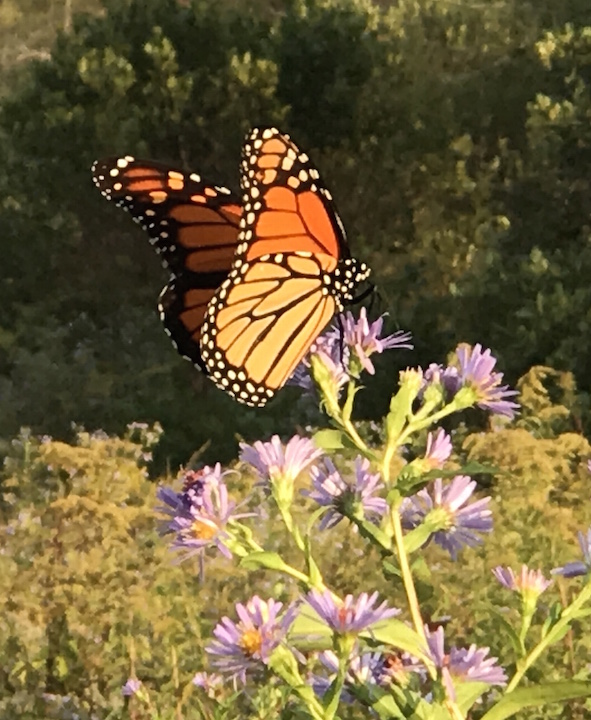
References:
Frick-Ruppert, Jennifer. Mountain Nature. University of N.C. Press, 2003.
Glen, Charlotte. “What’s Making Webs in My Trees”. NC Cooperative Extension. 2014
Voyle, Gretchen. “The Rise and Fall of the Fall Webworms.” Michigan State University Extension. 2014
Wikipedia. Fall Webworms.
Webworms on end of tree branch photo – bing.com
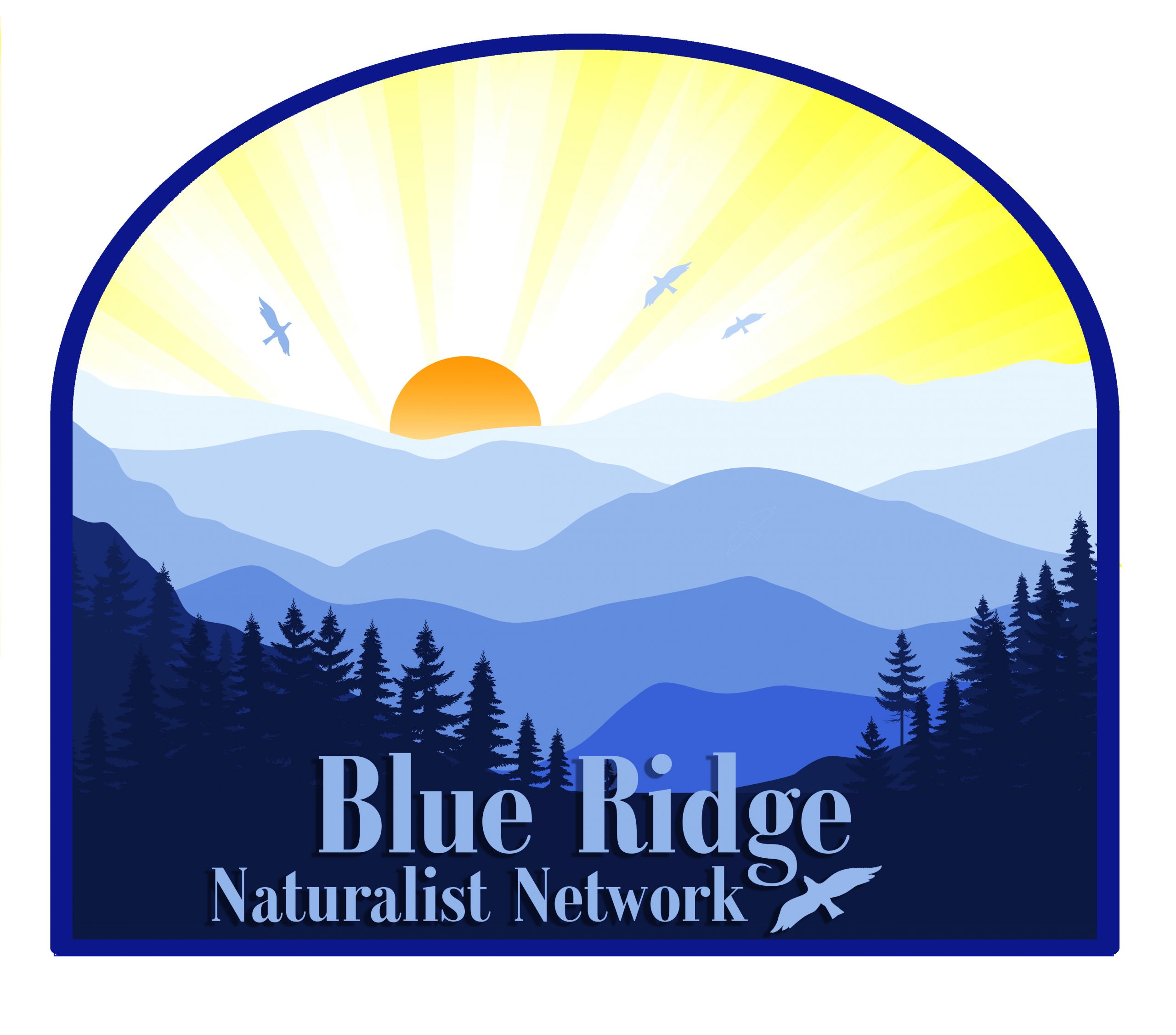
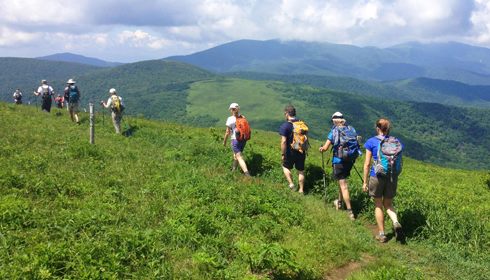



42 comments